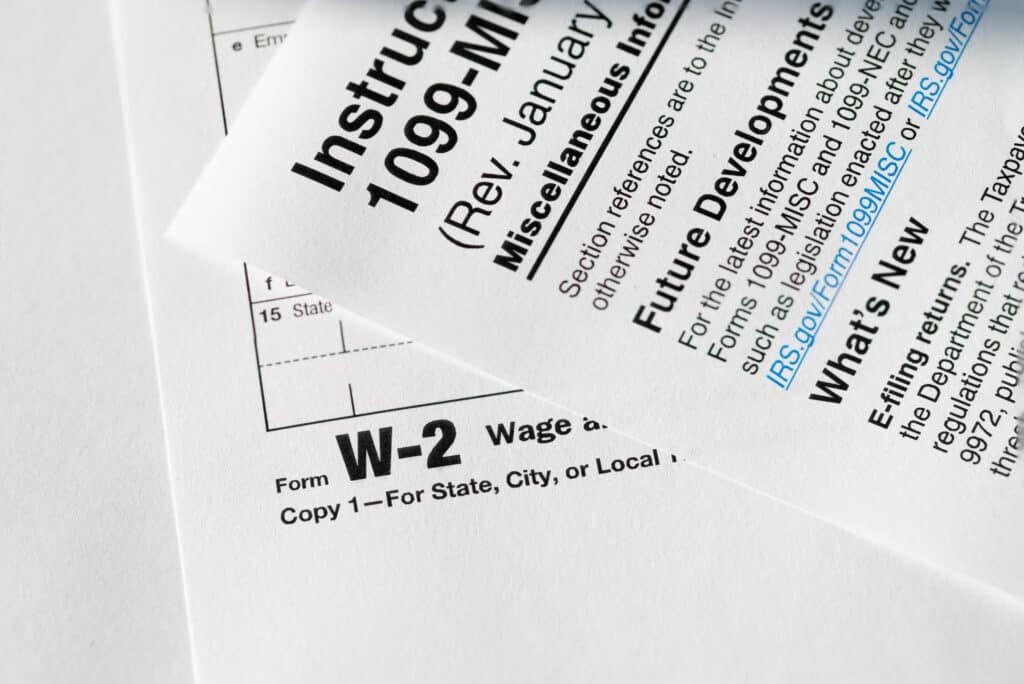Blog
Paying Employees and Contractors
Properly paying employees and contractors is an essential part of running a business. Whether you’re managing a small startup or a growing company, understanding the differences in how to compensate your workforce—whether employees or contractors—ensures compliance with tax regulations and avoids costly mistakes. Before you can even start the payment process, however, it’s crucial to have correctly classified your workers as either W-2 employees or 1099 contractors (see DrillBit #3: Workers – Are they 1099 or W-2? – Drilldown Solution – ACT).
Once your workers are properly classified, here’s what you need to know about the best practices for paying them.
Paying W-2 Employees
Employees, whether they are full-time, part-time, seasonal, or temporary, are classified as W-2 employees. This means you, as the employer, are responsible for withholding taxes and paying your share of payroll taxes. Here are the steps to follow:
1. Choose a Payroll Processor
The first step in paying employees is selecting a reliable payroll processor. Payroll services ensure that employees are paid correctly, taxes are withheld, and reporting requirements are met. Many businesses choose either an outsourced payroll service or use software like QuickBooks or Gusto.
2. Select a Payroll Period
Decide on how often you want to pay your employees. Common payroll periods include weekly, bi-weekly, semi-monthly, or monthly. Your payroll period will affect how often you have to file tax reports and how frequently employees will receive their paychecks.
3. Register Tax Accounts with IRS and State Agencies
Before issuing paychecks, you must register with the IRS and the relevant state and local tax authorities. You’ll need an Employer Identification Number (EIN) from the IRS and may need to register with your state’s tax agency. This ensures that taxes, including federal, state, and unemployment taxes, are properly withheld and reported.
4. Pay Withholdings on Time
As an employer, you are responsible for withholding federal, state, and local taxes from your employees’ paychecks. This includes Social Security, Medicare, and income tax withholdings. It’s crucial to deposit these withholdings on time, as failure to do so can result in penalties.
5. File Employer Payroll Tax Reports
You must file payroll tax reports on time with federal, state, and local agencies. The deadlines for these filings vary, so it’s vital to use a payroll processor with experience in managing these deadlines. Reports you’ll need to file include:
Form 941 (quarterly report of federal payroll taxes)
Form 940 (annual federal unemployment tax return)
State and local reports (which may vary by jurisdiction)
Paying Contractors (1099)
Contractors, or 1099 workers, are not subject to payroll withholding. However, there are still specific steps to take to ensure compliance when paying them.
1. Obtain Form W-9 from Contractors
Before making any payments to a contractor, it’s essential to have them complete a Form W-9. This form will provide you with the contractor’s taxpayer identification number (TIN), legal name, and address. The W-9 form ensures that you have the correct information in case you need to file a 1099-NEC form at year-end.
2. Know When to Issue a 1099
You’ll need to issue a Form 1099-NEC for any contractor you’ve paid $600 or more during the tax year. However, you don’t need to file a 1099 for corporations (with some exceptions) or contractors paid less than $600. It’s important to keep track of payments throughout the year, as you may not realize until year-end whether a 1099 will be required. Getting the W-9 form upfront ensures that you have the necessary information when it’s time to file.
3. Pay Contractors on Time
While contractors don’t require the same level of reporting or tax withholding as employees, it’s still important to pay them promptly and according to the terms of your contract. Most contractors expect to be paid either on a project-by-project basis or on an agreed-upon schedule, such as weekly or monthly.
Conclusion
Successfully managing payroll is an integral part of operating a business. Whether paying employees or contractors, it’s important to understand your responsibilities and comply with IRS regulations. By selecting a reliable payroll processor, keeping accurate records, and staying on top of tax filings, you can minimize risks and ensure smooth operations.
Need help navigating payroll or contractor payments?
DrillDown Solutions offers payroll management services that can help you stay compliant and streamline your payroll process. Contact us today to learn more!
Note: The material and contents provided in this article are informative in nature only. It is not intended to be advice and you should not act specifically on the basis of this information alone. If expert assistance is required, professional advice should be obtained.





